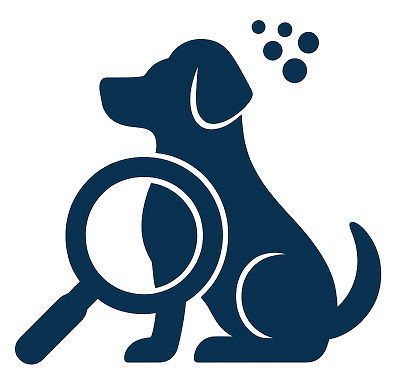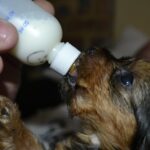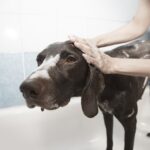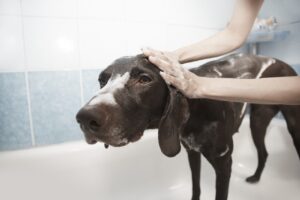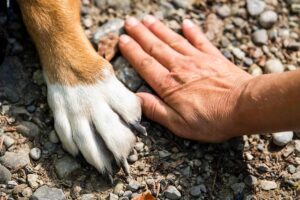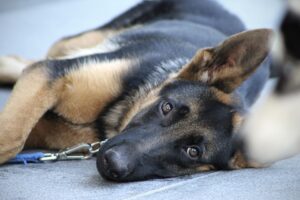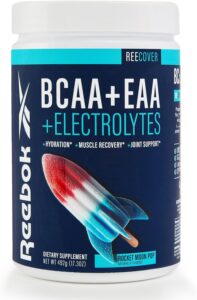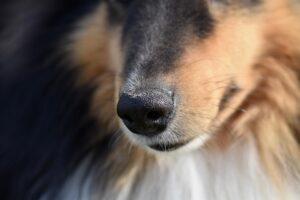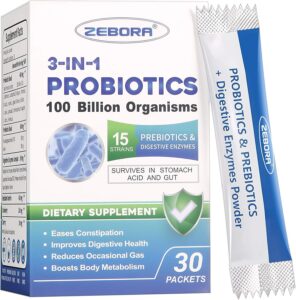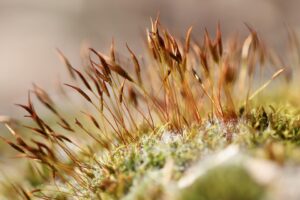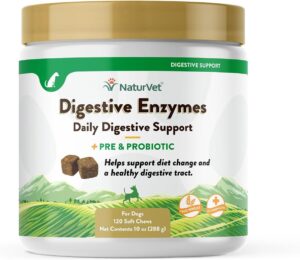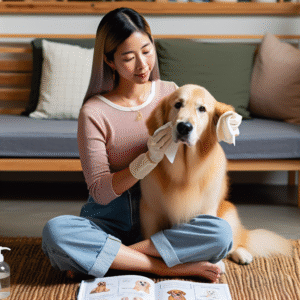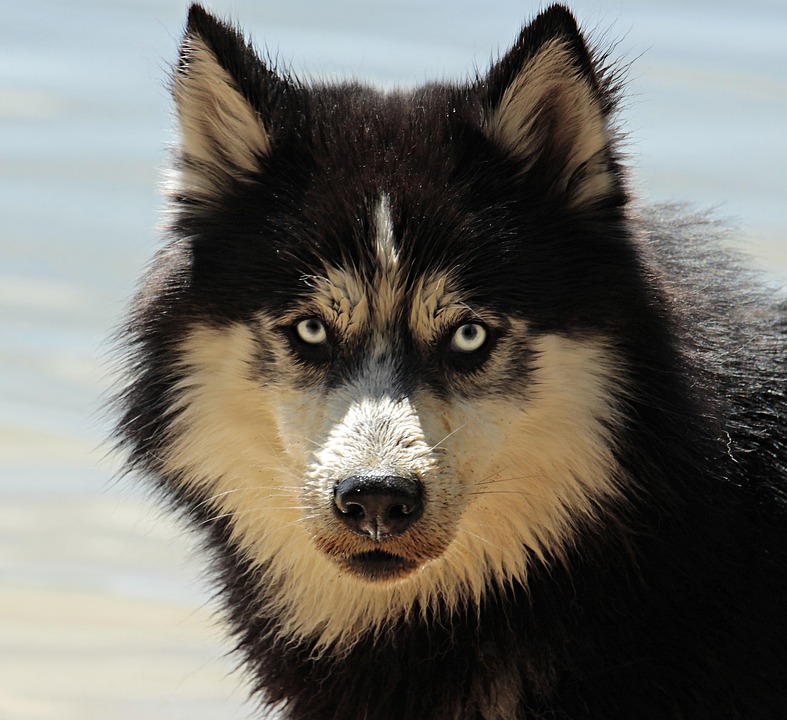
A dog’s coat is more than just a layer of fur; it’s a reflection of their overall health and well-being. A shiny, soft coat not only makes your dog look great but also signifies good health. While genetics play a role in the quality of your dog’s coat, proper grooming and nutrition significantly enhance its appearance. This article will explore top dog coat care tips to help maintain a shiny, healthy fur.
Understanding Your Dog’s Coat
Before diving into the care tips, it’s essential to understand the different types of dog coats. Dogs can have single or double coats, and these can be short, long, curly, or wiry. Each type requires specific grooming techniques and tools.
Single vs. Double Coats
– Single Coats: These dogs have only one layer of fur. Breeds like Greyhounds and Poodles fall into this category. They are generally easier to groom.
– Double Coats: Dogs with double coats, such as Huskies and Golden Retrievers, have an outer coat and an undercoat. The outer coat is usually longer and coarser, while the undercoat is soft and dense, requiring more maintenance.
Coat Length and Texture
– Short Coats: Breeds like Beagles and Dobermans have short coats that are easy to care for but still need regular brushing.
– Long Coats: Breeds such as Shih Tzus and Afghan Hounds require more frequent grooming to prevent tangling and matting.
– Curly Coats: Poodles and Bichon Frises need regular trims and brushing to maintain their distinct curls.
– Wiry Coats: Terriers often have wiry coats that need stripping to maintain their texture.
Nutrition: The Foundation of a Healthy Coat
Proper nutrition is the cornerstone of a healthy coat. Your dog’s diet should be balanced and rich in essential nutrients that promote skin and coat health.
Essential Nutrients
– Proteins: Protein is vital for healthy hair growth. Ensure your dog’s diet contains high-quality animal-based proteins.
– Omega-3 and Omega-6 Fatty Acids: These fatty acids are crucial for skin health and a shiny coat. Sources include fish oil, flaxseed, and certain plant oils.
– Vitamins and Minerals: Vitamins A, E, and zinc are essential for maintaining healthy skin and fur.
Hydration
Always ensure your dog has access to fresh, clean water. Proper hydration is key to maintaining healthy skin and preventing dryness.
Grooming Techniques for a Shiny Coat
Regular grooming is essential to keep your dog’s coat in top condition. It helps distribute natural oils, remove dirt, and prevent matting.
Brushing
– Frequency: Depending on your dog’s coat type, brushing can range from daily to weekly. Regular brushing helps stimulate the skin and distribute natural oils, resulting in a shinier coat.
– Tools: Use the right tools for your dog’s coat type. Slicker brushes, bristle brushes, and undercoat rakes are common options.
Bathing
– Frequency: Bathing too often can strip the natural oils from your dog’s coat. Typically, once a month is sufficient, but it may vary based on your dog’s activity level and coat type.
– Shampoo and Conditioner: Use high-quality, dog-specific shampoos and conditioners. Avoid human products as they can irritate your dog’s skin.
Dealing with Shedding
Shedding is natural, but excessive shedding can be a nuisance. Regular grooming and a healthy diet can help control shedding.
Deshedding Tools
Invest in a good deshedding tool to help remove loose hair. Tools like the Furminator are popular for their effectiveness in reducing shedding.
Proper Nutrition
As mentioned earlier, a diet rich in omega fatty acids can reduce shedding by improving skin health.
Preventing and Managing Coat Problems
Various factors can lead to coat problems such as dryness, dandruff, or mats. Identifying and addressing these issues promptly is crucial.
Common Coat Problems
– Dry Skin and Coat: Often caused by inadequate nutrition or frequent bathing. Ensure your dog receives a balanced diet and avoid over-bathing.
– Mats and Tangles: Regular brushing prevents mats, especially in long-haired breeds. If mats occur, carefully cut them out or seek professional grooming assistance.
– Allergies: Allergies can lead to itching and coat damage. Consult your veterinarian to identify and manage potential allergens.
Professional Grooming
While regular at-home grooming is essential, professional grooming can provide additional benefits.
Benefits of Professional Grooming
– Expertise: Professional groomers have the skills and tools to handle all coat types and address specific needs.
– Special Treatments: Groomers can provide treatments like deep conditioning, which can enhance your dog’s coat health.
Conclusion
Taking care of your dog’s coat is an ongoing process that requires attention to diet, grooming, and overall health. By following these tips and being attentive to your dog’s needs, you can ensure they have a shiny, healthy coat that reflects their well-being. Remember, a happy dog is a healthy dog, and their coat is a beautiful testament to your care and commitment.
#ChatGPT assisted in the creation of this article.
